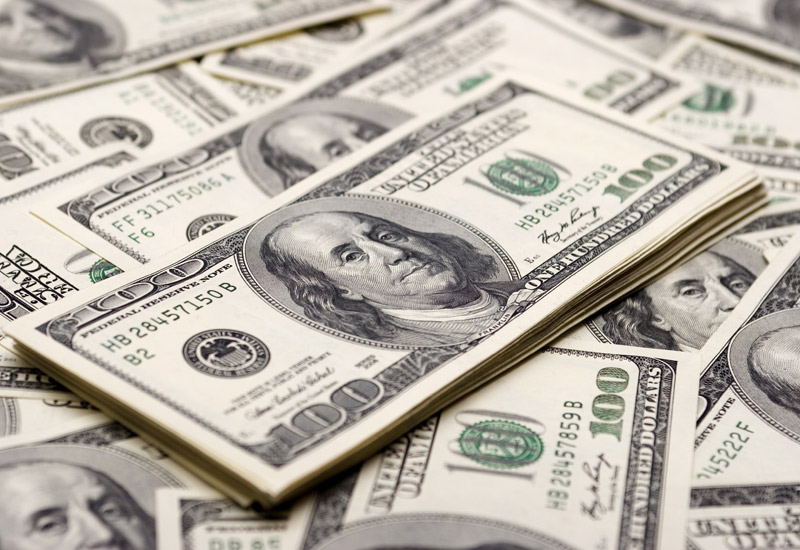By Alex Delmer-Morgan
Other stories: Oil industry giants: Saudi Aramco | Top 10 MENA Region mega projects | Top 10 billion dollar oil deals of the summer | 2009’s winners and losers in the oil industry | 10 events in oil’s history that shook the world | Top 10 Gulf mega projects | Top 10 largest publicly traded oil companies | Top 10 National Oil Companies by production | World’s 10 largest oilfield services companies | World’s 10 largest oil and gas contractors
More than half of all oil produced by 2020 will need to come from new investments and companies’ capital expenditure must rise, a new report said on Monday.
Management consultant Booz & Company urged global oil companies to embark on an aggressive spending spree by acquiring smaller players which are now priced at more attractive levels due to the economic downturn.
International and national oil companies (IOCS and NOCs) are also flush with cash, the report said, after years of high oil prices.
The five largest oil firms – Exxon, Chevron, Shell, BP and Total – increased their year-end cash levels and cash equivalents by nearly 24% on average between 2006 and 2007, and by another 15% between the end of 2007 and the last quarter of 2008, to nearly US$80 billion in total.
“Following years of high oil prices, many IOCs and NOCs have amassed piles of cash, and are in an excellent position to take the long-term view. NOCs controlling reserves of cheap oil but lacking the technology and capabilities to further their investment efforts should consider acquiring independents and weakened oil service providers,” the report said.
“Meanwhile, independents in weak financial positions might decide to partner with cash-rich IOCs or NOCs,” said Georges Chehade, a partner at Booz & Company.
Energy firms who are cash-poor or those which have been hit by the global recession should scale down their investment activity, Booz advised.
Global oil demand is expected to rise from current levels of 85 million barrels a day (bpd) to 100 million bpd by 2020. To meet this demand more than half of total production by 2020 will need to come from new investments, the report forecast.
It predicted the average price for oil over the next 10 to 15 years would be around $60 to $80 a barrel.




